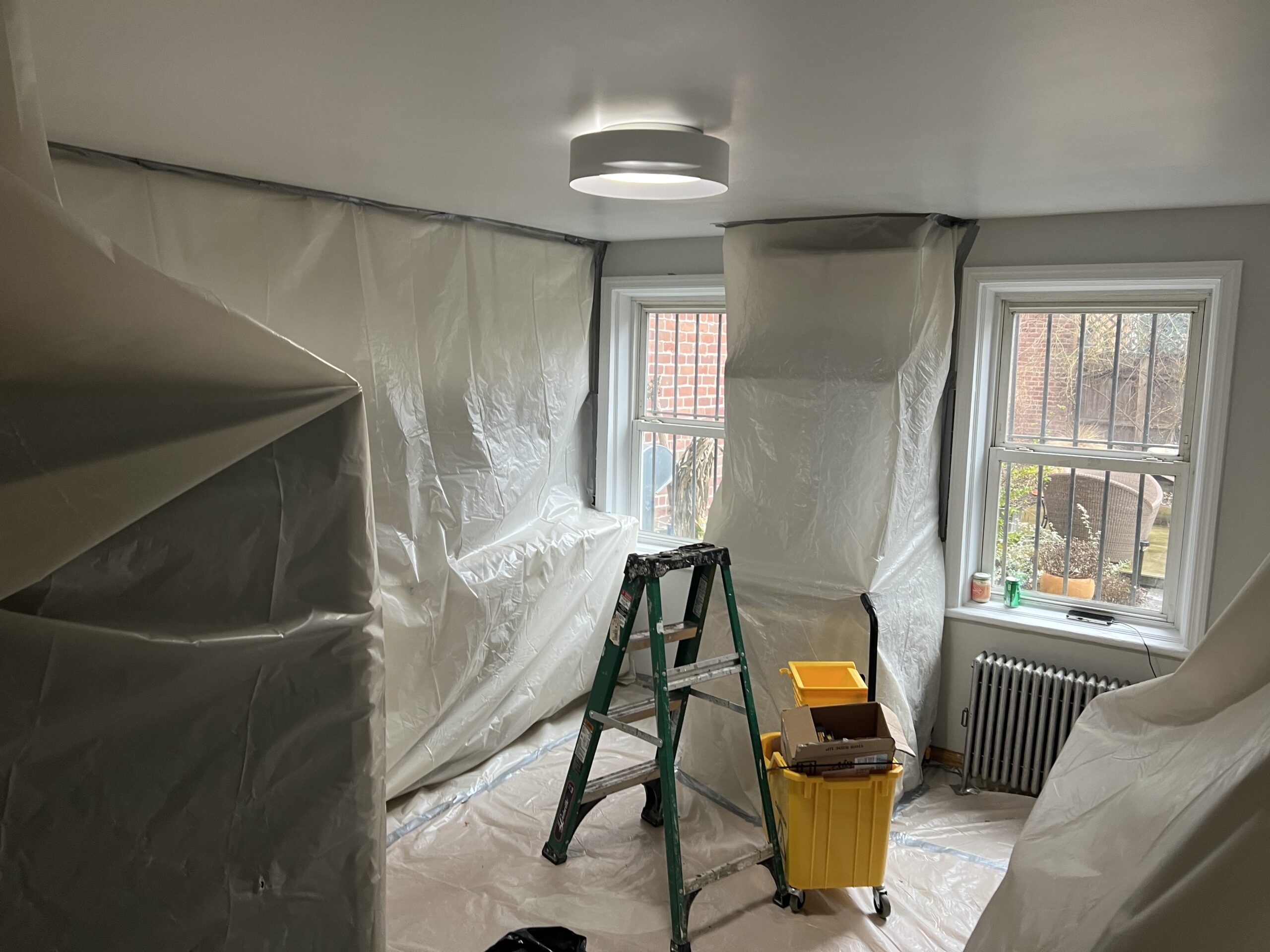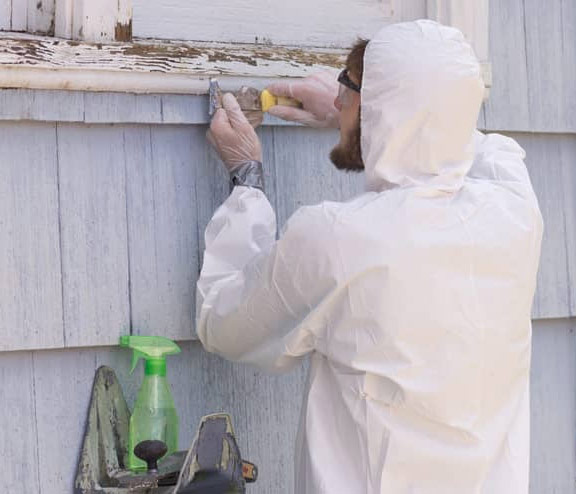Comprehensive Overview on Effective Lead Infraction Elimination Strategies
In the realm of environmental security, resolving lead infractions demands a meticulous and structured strategy. This detailed guide begins by highlighting the critical initial actions of identifying lead threats with advanced evaluation and testing methods. The overview specifies on the value of sticking to strict safety and security methods throughout the elimination process, consisting of the usage of proper PPE and isolating affected locations.
Identifying Lead Dangers
Recognizing lead hazards is a crucial initial step in alleviating the dangers associated with lead direct exposure. Lead, a poisonous steel, can be existing in various ecological mediums, including paint, dirt, water, and dirt. It presents extreme wellness dangers, particularly to kids and expecting ladies, leading to neurological damage and developing hold-ups. Specific identification of possible lead sources is essential for reliable remediation.
The first stage in recognizing lead risks entails comprehending common lead resources within the built setting. Structures developed before 1978 are especially prone because of the prevalent usage of lead-based paint throughout that duration. Furthermore, soil contamination can happen from deteriorating exterior paint, industrial exhausts, or historical usage of leaded fuel.
An additional considerable source is lead piping and plumbing fixtures, which can leach introduce alcohol consumption water. Durable goods such as playthings, porcelains, and imported products may additionally have harmful lead levels. Significantly, job-related atmospheres and hobbies entailing lead can track impurities into homes.
Evaluation and Screening
When addressing lead threats, efficient analysis and testing are vital. This important step makes sure the identification and metrology of lead existence, therefore guiding succeeding remediation efforts. Preliminary assessment normally involves a visual inspection to recognize prospective lead resources, such as degrading paint or contaminated dirt. This is matched by even more extensive testing approaches to determine the level of contamination.

Dirt clean tasting is an additional crucial strategy, especially in residential settings. By gathering examples from floors, windowsills, and various other surfaces, this method supplies understandings right into potential direct exposure dangers. Dirt testing around structure boundaries is crucial to detect lead contamination that can pose threats, specifically to kids.
Safe Removal Procedures
Upon finishing extensive evaluation and screening, applying risk-free elimination treatments is the following important phase in dealing with lead dangers. This process makes sure that lead-contaminated materials are successfully and securely gotten rid of, lessening threat to both employees and residents. The very first step includes isolating the afflicted location utilizing plastic sheeting and proper sealing strategies to avoid the spread of site here lead dirt.
Employees must put on proper personal safety equipment (PPE), including respirators, gloves, and disposable coveralls, to reduce exposure. Utilizing specialized devices and damp methods, such as wet sanding or utilizing HEPA-filtered vacuum cleaners, reduces the diffusion of lead fragments. It is essential to stay clear of completely dry fining sand or rough blasting, as these methods can generate dangerous lead dirt.
Garbage disposal is an additional essential component; all polluted products have to be securely gotten and identified according to EPA and regional policies. In addition, complete cleansing of the workspace with HEPA vacuums and wet wiping makes sure the removal of recurring lead fragments.
Post-Removal Confirmation

Verification of effective lead removal, understood as post-removal confirmation, is necessary to make certain the safety and habitability of the remediated location. This examination makes sure that all recognized resources of lead have actually been resolved and that no visible indications of contamination remain.
Adhering to the visual assessment, environmental tasting is conducted. This includes gathering dust, soil, and sometimes water examples from the remediated area. Certified laboratories examine these samples to measure lead degrees, ensuring they fall below the safety limits established by regulative bodies such as the Environmental Defense Company (EPA)
Additionally, air quality testing might be done to find airborne lead fragments, particularly in situations where substantial lead-based paint elimination or restoration has occurred. The results of these examinations offer quantitative data verifying that the lead levels are within acceptable restrictions.
Ultimately, post-removal verification works as a critical checkpoint, confirming the performance of the lead reduction efforts and protecting the health and wellness of owners and visitors.
Preventive Steps and Upkeep

A vital safety net consists of using lead-safe certified contractors for any kind of remodelling, repair work, or paint tasks. These experts are educated in techniques that reduce lead dirt and debris. Additionally, keeping coloured surface areas to stay clear of breaking or peeling is essential, as deteriorating paint can release lead particles into the setting.
Educational initiatives targeting homeowner and tenants concerning the risks of lead and the significance of reporting web any prospective hazards can better improve precautionary initiatives. Routine cleansing making use of HEPA vacuum read the full info here cleaners and damp mopping strategies can significantly reduce lead dirt accumulation.
Conclusion
In summary, efficient lead offense removal demands a precise approach encompassing detailed analysis, exact screening, and strict elimination treatments. Ongoing evaluations and maintenance are necessary to mitigate future lead risks, thus guarding public wellness and making certain sustained compliance with governing demands.